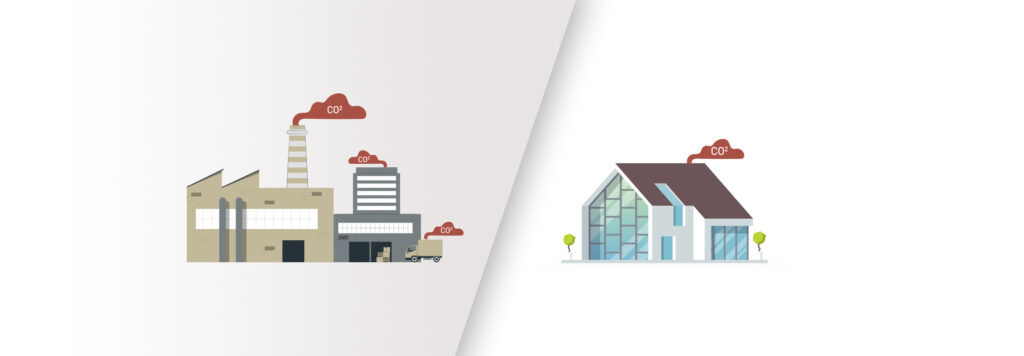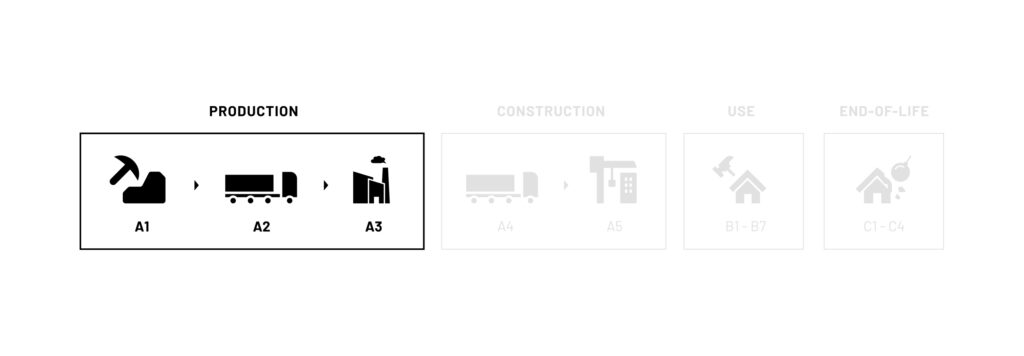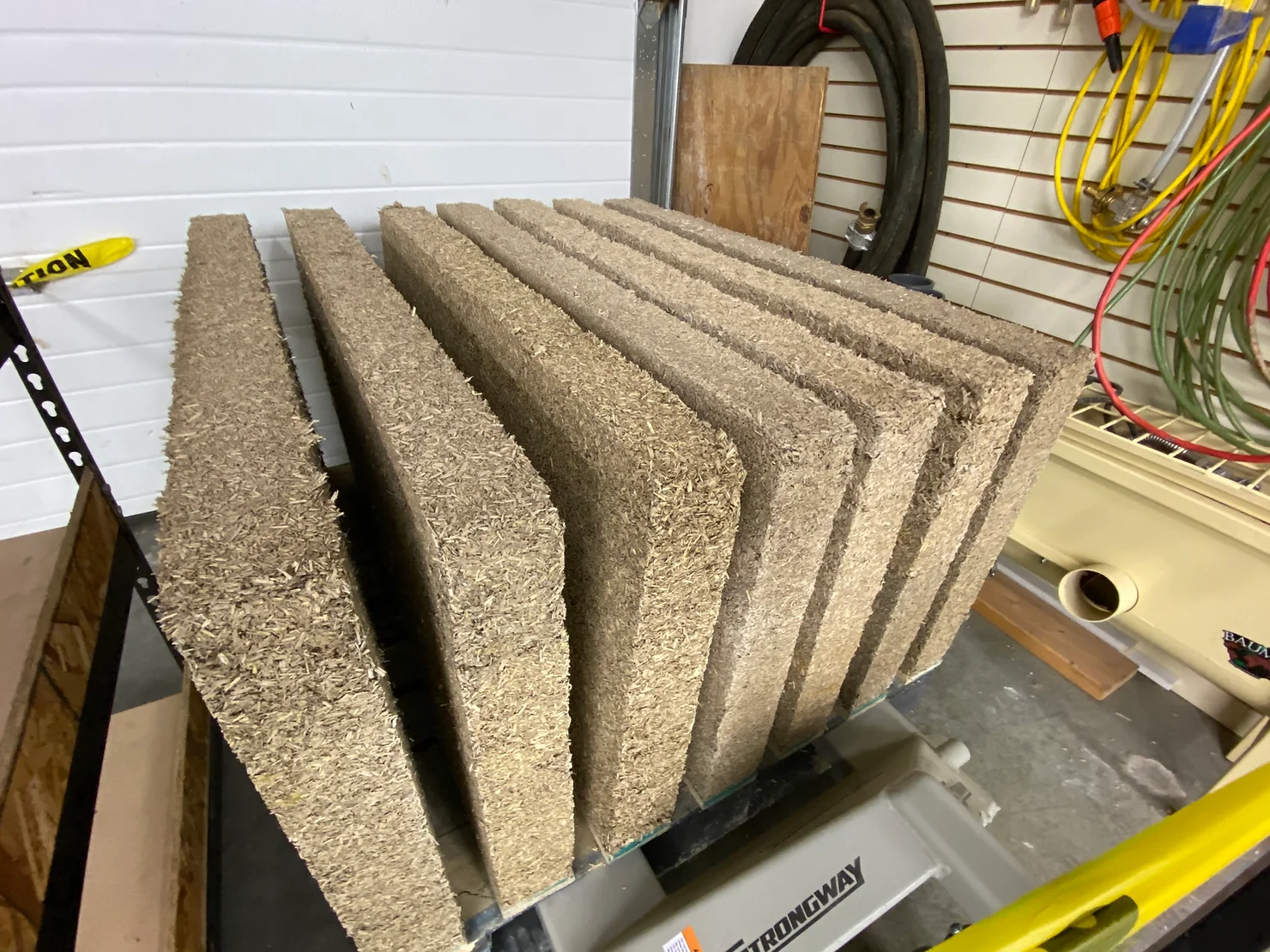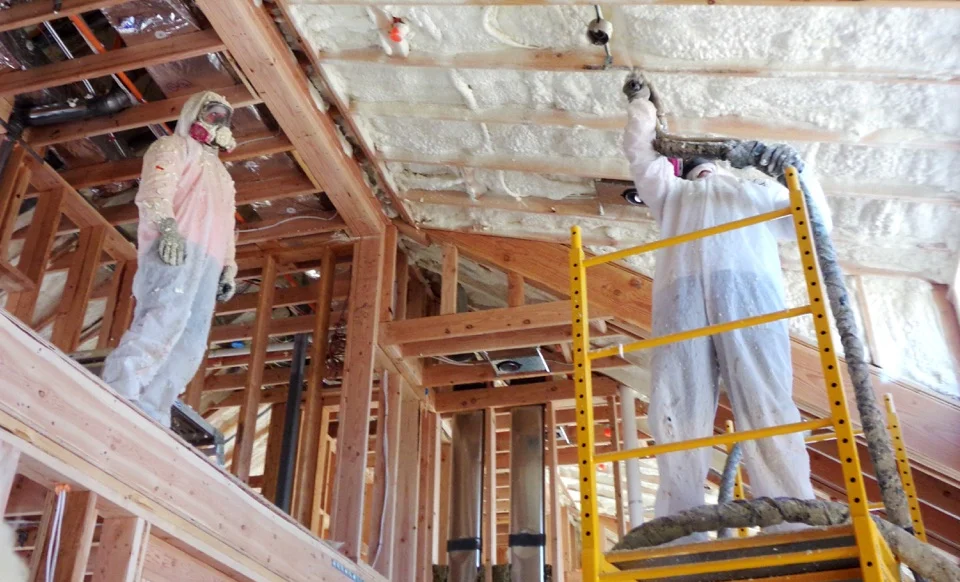Sustainable construction has become a key priority for architects, builders, and homeowners alike. With the release of LEED (Leadership in Energy and Environmental Design) v5, the green building certification program has taken significant strides in addressing embodied carbon—a critical component in reducing the carbon footprint of the built environment. We’re going to simplify the key changes introduced in the LEED v5 embodied carbon credits, and offer guidance on how stakeholders can integrate these credits into their projects effectively.

What is Embodied Carbon, and Why Does It Matter?
Embodied carbon refers to the greenhouse gas emissions associated with the manufacturing, transportation, installation, maintenance, and disposal of building materials. Unlike operational carbon, which results from energy consumption during a building’s use, embodied carbon is locked into the materials and processes before the building becomes operational.
Carbon reduction strategies are crucial for three reasons –
They make immediate impact: Embodied carbon emissions occur upfront, often before the building is even occupied.
They have a significant share: Embodied carbon accounts for 40% of the global construction sector’s emissions. (Larger than any other sector.)
They meet decarbonization goals: Tackling embodied carbon aligns with global efforts to achieve net-zero emissions by mid-century.
LEED v4 vs. LEED v5: Key Changes in Embodied Carbon Credits
The transition from LEED v4 to LEED v5 represents a more ambitious approach to sustainability, particularly in addressing embodied carbon. Here are some primary differences:
Expanded Materials Credit Categories: LEED v4 included the “Building Life-Cycle Impact Reduction” credit, which provided a pathway to address embodied carbon. However, LEED v5 introduces specific credits that more explicitly target embodied carbon, such as “Embodied Carbon Optimization” and “Low-Carbon Procurement.”
Mandatory Life-Cycle Assessment (LCA): In LEED v4, conducting a whole-building LCA was optional for additional points. LEED v5 makes LCA a baseline requirement for certain projects, emphasizing the importance of understanding the full impact of materials.
Higher Weighting for Carbon-Related Credits: Credits related to embodied carbon now have increased point allocations in LEED v5, reflecting their critical role in mitigating climate change.
Simplified Reporting Tools: LEED v5 integrates updated tools and calculators to make reporting and benchmarking embodied carbon easier. Tools like Environmental Product Declarations (EPDs) and automated LCA software are more seamlessly integrated into the certification process.
Incentives for Carbon-Negative Materials: Projects incorporating carbon-negative materials, such as HempWool® insulation, may receive additional points under the “Innovative Materials” category.

LEED v5 Embodied Carbon Strategies
There are key credits and pathways available in LEED v5 to address embodied carbon:
Embodied Carbon Optimization: This credit rewards projects that demonstrate significant reductions in embodied carbon through material selection, design strategies, or construction methods. To earn points, conduct a comparative LCA showing at least a 20% reduction in global warming potential (GWP) compared to a baseline and use low-carbon materials verified by EPDs.
Low-Carbon Procurement: Focuses on sourcing materials with a lower carbon footprint, verified through supplier certifications and material sourcing records. To earn points, procure materials with third-party verified low-carbon content and prioritize local sourcing to reduce transportation emissions.
Renewable Materials Credit: Rewards the use of bio-based or rapidly renewable materials, such as hemp-based products, that sequester carbon during their lifecycle. To earn points, demonstrate the use of materials with a negative or neutral GWP.
Construction Waste Management: Encourages strategies to minimize waste and reuse materials during construction. To earn points, implement a waste diversion plan targeting 75% or more of construction waste.
Innovation in Design: This is a flexible category that can reward unique approaches to reducing embodied carbon. To earn points, develop innovative solutions, such as prefabrication or modular construction, to reduce material waste and emissions.

Steps to Navigate LEED v5 Embodied Carbon Credits
1. Understand Project Scope and Goals: Determine the certification level (Certified, Silver, Gold, or Platinum) and align embodied carbon strategies with overall sustainability objectives.
2. Conduct a Baseline LCA: Use tools such as Tally, One-Click LCA, or Athena Impact Estimator to evaluate the environmental impacts of your design and identify high-impact materials that offer opportunities for reduction.
3. Choose Low-Carbon Materials: Look for materials with Type III EPDs, which provide detailed data on GWP and other environmental impacts and Incorporate carbon-sequestering materials like hempcrete.
4. Engage Suppliers and Manufacturers: Work with suppliers to source materials with transparent environmental credentials and request documentation for low-carbon certifications or EPDs.
5. Collaborate Across Teams: Foster collaboration between architects, contractors, and sustainability consultants to optimize design and material selection. Furthermore, use integrated project delivery (IPD) methods to streamline decision-making.
6. Document and Report: Maintain detailed records of material specifications, sourcing, and LCAs to streamline the LEED submission process and utilize the updated LEED reporting tools to simplify data entry and verification.
Practical Tips for Architects, Builders, and Homeowners
Architects: Integrate embodied carbon considerations early in the design phase to influence material selection and structural decisions. You can also use building information modeling (BIM) tools to simulate and compare embodied carbon impacts.
Builders: Implement efficient construction practices, such as just-in-time delivery and material optimization, to reduce waste and emissions. Additionally, train teams on the importance of sustainable material handling and documentation.
Homeowners: Work with builders and designers to ensure sustainability goals are met without compromising aesthetics or functionality.

In-Review
LEED v5 represents a significant step forward in addressing embodied carbon in the built environment. By prioritizing material transparency, life-cycle assessments, and innovative design approaches, the updated system empowers architects, builders, and homeowners to make informed decisions that reduce their projects’ carbon footprints.
Understanding and navigating these credits may seem complex at first, but with the right tools and collaborative efforts, integrating embodied carbon strategies into your project is more achievable than ever. Whether you’re designing a high-performance office building or a sustainable home, LEED v5 embodied carbon credits provides a clear framework to support your journey toward greener construction.
Contact us today to discover how your project can achieve sustainable success.



